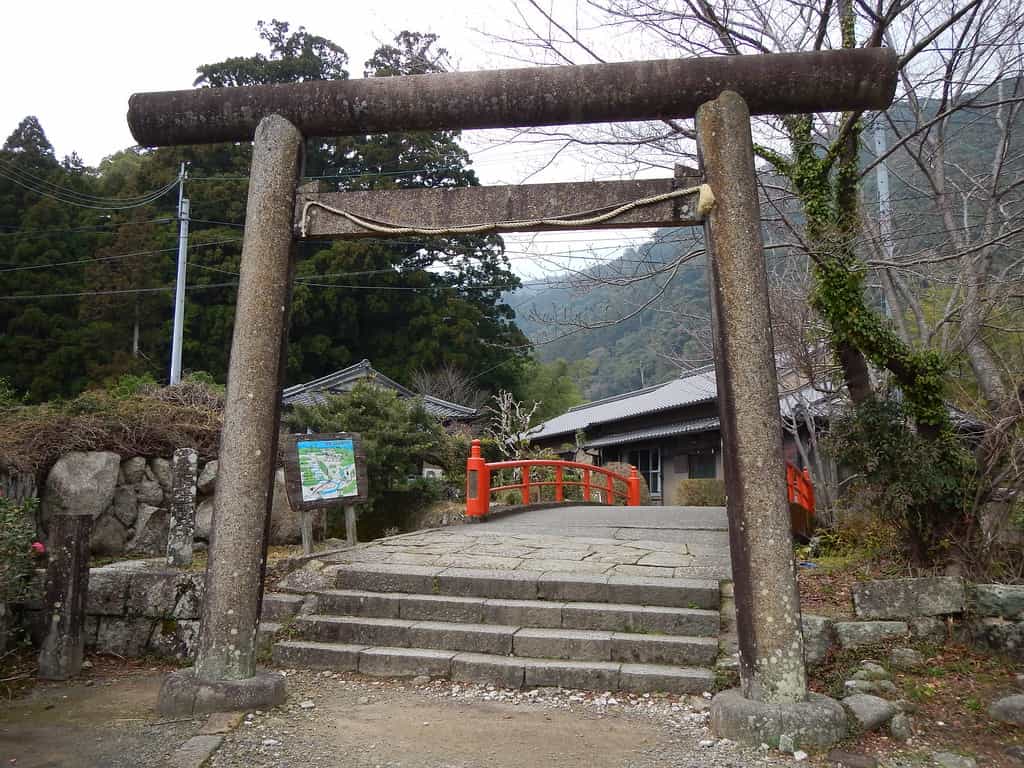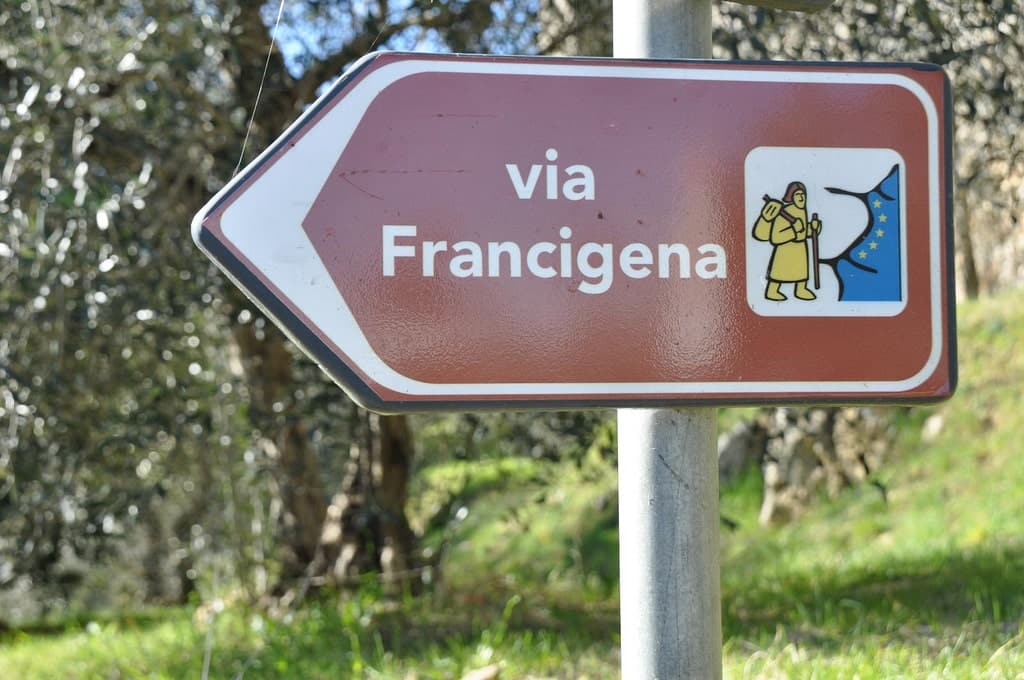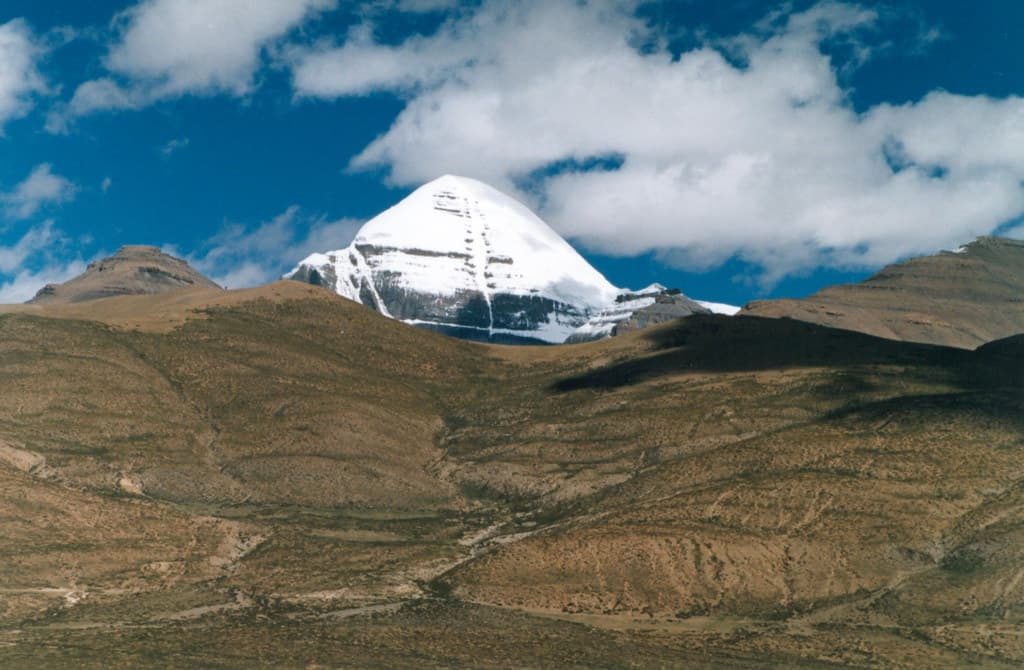
The Camino de Santiago is much more than a pilgrimage route; it is an experience that combines spirituality, history, and culture. Since its medieval origins, this iconic route has attracted millions of pilgrims from around the world, leaving a deep mark that has inspired similar routes in other countries.
In this article, we will explore how the Camino de Santiago has influenced other pilgrimages and what makes them unique. We will also highlight some of the most popular routes that stem from this tradition.
Índice de contenidos
The Impact of the Camino de Santiago on Global Pilgrimage Routes
The Camino de Santiago, recognised as a UNESCO World Heritage site, is not just a physical route but a spiritual and personal journey.
Since the Middle Ages, it has served as a meeting point for people from all cultures, religions, and nationalities. Its success and recognition have inspired the creation of other routes across different continents, reflecting the universality of the desire to travel with purpose.
In this sense, the Camino serves as a model for those who wish to experience a similar journey in their home country. This includes routes that combine spirituality, nature, and a profound sense of community
As experts in pilgrimages and Camino de Santiago routes we will tell you more about them.
Europe and its Connection to the Jacobean Spirit
The Camino de Santiago, as a historic European route, has directly influenced the development of other pilgrimages within the continent. Some of these routes not only share cultural elements but also replicate the hospitality and symbolism of the Camino.
The Via Francigena in Italy

One of the most iconic routes in Europe is the Via Francigena, which connects Canterbury, in England, to Rome, in Italy. This pilgrimage, like the French Way, traverses spectacular landscapes and historic places that offer a deeply spiritual experience. It also shares the structure of hostels and meeting points that make the journey unforgettable.
If you’re interested in exploring this approach, it’s worth checking out the routes from O Cebreiro, one of the most popular stages of the Camino.
The Roads to Trondheim in Norway
Another notable pilgrimage is the Saint Olav Way in Norway, which culminates at the Nidaros Cathedral, in Trondheim. Although less known, this route attracts pilgrims seeking an introspective experience amidst the stunning Nordic landscapes. Like the Camino de Santiago, this route also offers a blend of history and spirituality.
Pilgrimages in the Americas: Adapting the Jacobean Tradition
The influence of the Camino de Santiago is not limited to Europe. In the Americas, several routes have emerged as adaptations of this tradition, combining local cultural elements with the structure and philosophy of the Camino.
The Camino de las Misiones in Mexico
In northern Mexico, the Camino de las Misiones connects a series of ancient churches and missions established by the Jesuits. Inspired by the Jacobean model, this route allows pilgrims to experience the cultural and religious richness of the region. Similarly, this route combines physical challenges with a profound sense of spiritual connection.
If you’re interested in learning more, you can explore the tourism in the Camino Primitivo, one of the most authentic routes to Santiago, which shares cultural richness with the Camino de las Misiones.
Routes in the United States: Tributes to the Camino
In the United States, several initiatives have been created to replicate the experience of the Camino de Santiago. These routes are generally shorter and adapted to local conditions, but they maintain the spirit of pilgrimage. Some, such as the American Pilgrimage Trail, aim to establish a connection between North America’s natural landscapes and the spirituality of the Camino.
Asia: Routes of Faith and Tradition
Asia, with its rich spiritual tradition, also offers routes that share common elements with the Camino de Santiago. These routes stand out for their connection with nature and profound religious symbolism.
The Kumano Kodo in Japan
The Kumano Kodo, an ancient pilgrimage route in Japan, is one of the few routes in the world recognised as a UNESCO World Heritage site. Like the Camino, this route combines an impressive natural setting with a rich spiritual heritage. Furthermore, like the routes to Finisterre and Muxía, some of its routes run along the Ocean.
Spiritual Routes in India and Nepal

In India and Nepal, routes such as the Path to Mount Kailash or the treks through the Kathmandu Valley are examples of pilgrimages that share the quest for spiritual transformation. Although they are not directly inspired by Santiago, these routes reflect the universality of the pilgrimage practice.
Modern Adaptations and International Routes
In today’s world, the concept of pilgrimage has evolved to include both traditional routes and new adaptations that reflect contemporary values of sustainability and community.
Global Initiatives to Promote Pilgrimage
Across countries worldwide, initiatives are being developed to promote pilgrimage as a cultural and spiritual experience. For example, some routes in South America and Australia aim to emulate the Camino experience by offering simple accommodation and a supportive community for travellers.
For those interested in historically connected international routes, the international routes from Ferrol are an option worth considering.
Eco-Friendly Routes: The New Pilgrimage Trend
Increasingly, pilgrims are seeking sustainable options that respect the environment. Inspired by the model of the Camino de Santiago, these new routes are designed to minimise environmental impact while promoting responsible tourism.
In this sense, the pilgrimages on the Camino Inglés are an example of how traditional routes can adapt to modern demands.
The Camino de Santiago has left an indelible mark on the history of pilgrimages, inspiring routes and traditions around the world. Its model of hospitality, spirituality, and human connection remains alive in each new route that emulates its essence. From Europe to the Americas and Asia, these pilgrimages reflect the power of a journey that not only connects places but also hearts.
If you’re interested in exploring more about the global impact of the Camino and the routes it offers, be sure to visit the pilgrimages and routes of the Camino de Santiago. Let yourself be inspired by the spirit of Santiago that transcends borders and cultures.









